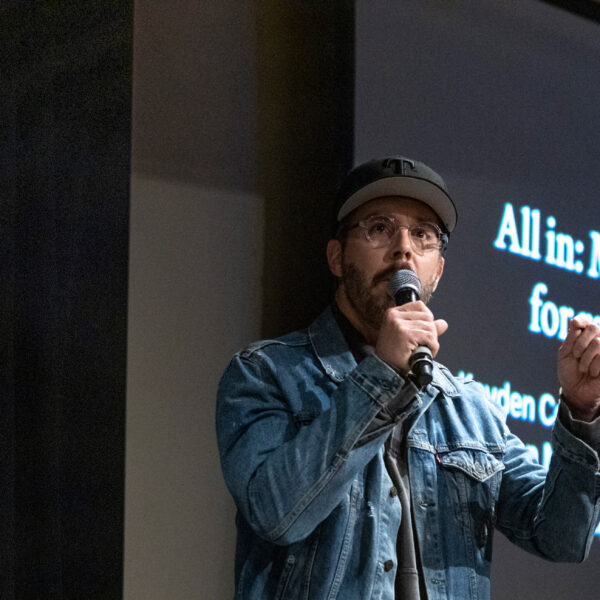
An Abortion Clinic One Year Later
Synopsis
New Yorker reporter Emily Witt chronicles the Red River Women’s Clinic move from North Dakota to Minnesota after two decades of service — a response to North Dakota’s abortion ban. Tammi Kromenaker, who owns the clinic, discussed the hope she’s found at her new space in Moorehead. Even though moving across the border was a choice Tammi wished she wasn’t forced to make, there are perks: a state government with a history of supporting abortion providers, a new parking lot so patients can avoid anti-abortion protestors, partnerships with North Dakota transgender rights advocates who similarly had to relocate to provide gender-affirming care.
Her clinic has quickly become a safe haven for abortion care in the Midwest. A judge struck down North Dakota’s abortion ban in September 2024, which only allowed for exceptions for rape or incest up to six weeks and banned abortion throughout pregnancy, but there are no abortion clinics left in the state.
For more than two decades, the Red River Women’s Clinic, the only provider of abortion services in the state of North Dakota, occupied a small brick building in downtown Fargo. The clinic saw patients on Wednesdays, when an average of twenty to twenty-five people receiving abortions would arrive from places such as Minot, Bismarck, or Grand Forks. The clinic became a symbol of sorts: as long as it was open, abortion in North Dakota remained a legally protected option, a fact that no number of anti-abortion billboards along the interstates could override. But last June, a few days after the Supreme Court overturned Roe v. Wade, North Dakota’s attorney general, Drew Wrigley, certified a law banning abortion in most cases. A lengthy court battle would end up keeping abortion legal in North Dakota for several more months, but the Red River Women’s Clinic recognized that it could no longer operate in the state. Today, the practice’s logo is still painted on the side of the building, but the patients are gone, and a sign in the window that once read “This clinic stays open” has been taken down.
Yet, unlike many clinics in states where abortion has been banned in the past year, the Red River Women’s Clinic is still in business. It now operates in the neighboring city of Moorhead, Minnesota. I visited the Red River Women’s Clinic in its new home on a humid morning in early June. Fargo and Moorhead, although in separate states, are considered a single metropolitan area by locals, and the drive from the old site to the new one takes a little less than ten minutes. It’s a nearly straight line east, about two miles down one of the area’s impossibly flat streets. One passes the Hjemkomst Center, a history museum that has a replica of a viking ship; the Junkyard Brewing Company, one of many small breweries around town serving craft beer; a local drive-through called Burger Time; and at least two anti-abortion billboards. Aside from a “Welcome to Minnesota” chirped by the G.P.S. after crossing a low bridge over the green banks and slow-moving waters of the Red River, there is little indication that one has crossed a state border, let alone entered an alternate political reality. But in the past year, as North Dakota has proceeded to ban most abortions, Minnesota has moved in the opposite direction, adding protections and removing barriers to access. These shifts have put the Red River Women’s Clinic in an unusual position. Forced to shutter in its home state, it can now provide care with greater freedom just a few minutes away.
I don’t think they actually anticipated that this is what the outcome would be. That we’d actually be in a better place and just serve all the same people.

Indiana OB-GYN: Patients aren’t getting the care they need because of abortion bans

His wife almost died because of Texas’ abortion ban. He hopes more men talk about the harms of them.
